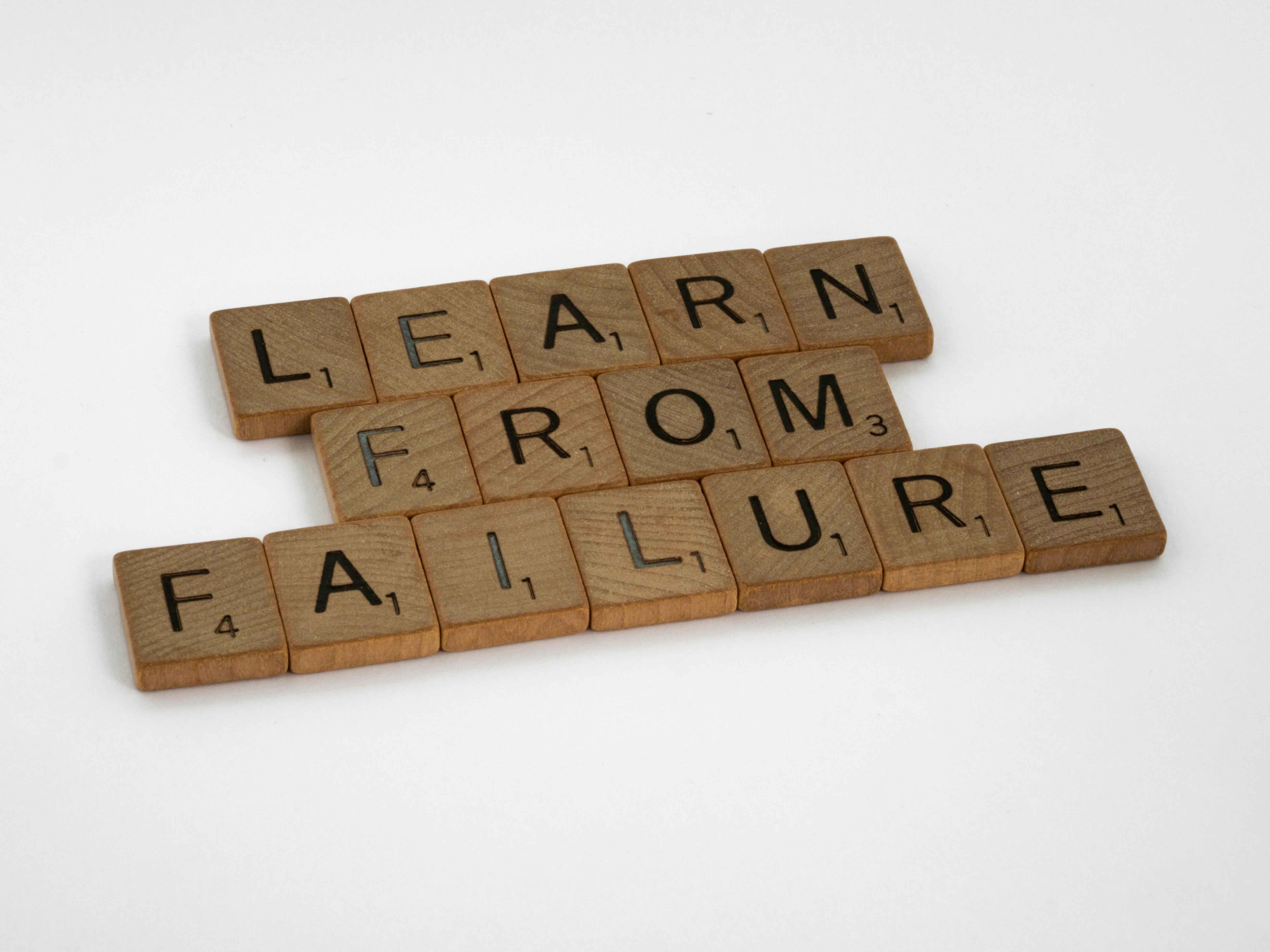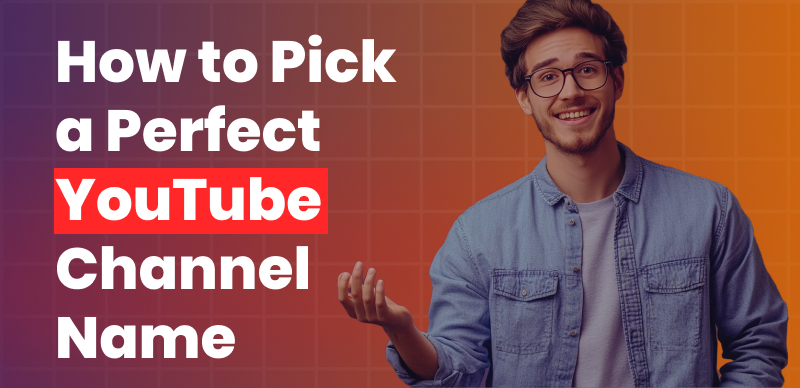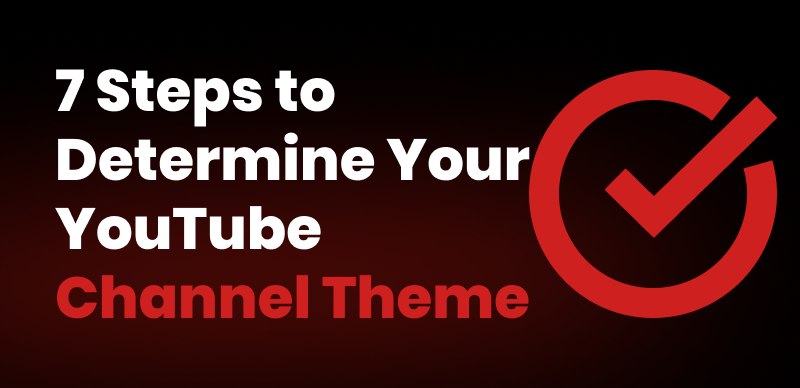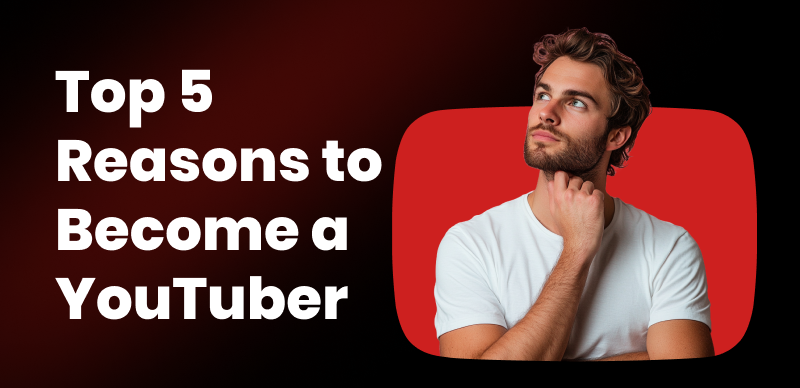In today’s digital age, YouTube has become more than just a video-sharing platform—it’s a powerful tool for creative expression, community building, and even making a living. Whether passionate about gaming, beauty, tech, or education, YouTube offers endless opportunities to share your voice with the world. But how do you become a YouTuber, and more importantly, how do you become a successful one? In this guide, you’ll discover everything you need, from creating your channel to building your audience and earning from your content.

Become a Youtuber
1. Why YouTube?
YouTube is the world’s second-largest search engine, where billions of people log in daily to explore and enjoy new content. So, why wouldn’t you want to be a part of this massive ecosystem? Whether your goal is to become a famous YouTuber, make money, or simply share your passion, YouTube offers a platform where you can grow and evolve.
Why YouTube?
- Creative Freedom: You can share your unique ideas, talents, and voice with a global audience.
- Monetization: YouTube offers several ways to make money, from ads to sponsorships.
- Community Building: You can engage with people who share your interests and values, creating a loyal community around your content.
2. Comprehensive Guide to Starting Your YouTube Journey
2.1 Equipment: Start Small, Think Big
When you’re just starting, there’s no need to purchase expensive, professional-grade equipment. Many successful YouTubers began their journey with only a smartphone and a basic editing app. Here’s what you’ll need to get started:
- Camera: A smartphone with a decent camera will work just fine initially.
- Microphone: While your phone’s mic can work, investing in a budget-friendly external microphone can improve sound quality significantly.
- Lighting: Natural light works wonders, but consider getting an affordable ring light if you’re shooting indoors.
- Editing Software: Free tools like iMovie (for Mac) or DaVinci Resolve (Windows and Mac) are great for beginners.
2.2 Setting Up Your Channel
Once you have your equipment ready, it’s time to set up your channel. Here’s a step-by-step guide:
- Create a Google Account: Your YouTube channel is linked to your Google account.
- Channel Name: Choose a name that reflects your niche or personal brand.
- Profile Picture & Banner: Use high-quality images to give a professional appearance.
- Channel Description: This is where you tell potential subscribers what your channel is about. To improve searchability, ensure that relevant keywords like “how to become a YouTuber” or “YouTube video creation” are included.
For a detailed guide, read our 10 steps on how to start YouTube Channel for Beginners in 2024.
2.3 Understanding the YouTube Algorithm
The YouTube algorithm plays a massive role in determining which videos get recommended to viewers. To get your content noticed, you need to focus on:
- Watch Time: The longer people watch your content, the better. Create engaging videos that keep viewers hooked.
- Engagement: Likes, comments, and shares signal YouTube that your video is worth recommending.
- Consistency: Regular uploads show YouTube that you’re a committed creator, increasing your chances of promoting your videos.
2.4 Content Planning and Editing

Create a content plan
Content planning is crucial for long-term success. Here’s how to approach it:
- Plan Ahead: Create a content calendar to stay consistent. Use tools like Google Trends to find trending topics related to your niche.
- Editing: Keep your videos concise and engaging. Use simple edits like jump cuts and background music to keep things interesting.
2.5 Publishing Your First Video
Once your video is ready, it’s time to publish! But before you hit that “Upload” button, consider the following:
- Title: Use relevant keywords like “how to start a YouTube channel and make money” in your video titles.
- Description: Write a keyword-rich description that accurately summarizes your video. Include links to your social media and other resources.
- Tags: Use specific tags like “YouTube monetization tips” or “grow YouTube subscribers” to help YouTube understand the context of your video.
3. Advanced Tips for YouTube Growth
3.1 Consistency is Key
One of the most critical factors in growing your channel is consistency. Whether you upload once a week or twice a month, stick to a schedule. By doing this, your audience will know when to expect fresh content, and YouTube’s algorithm will recognize you as an active creator.
3.2 Analytics: Learn and Adapt
YouTube Analytics is your best friend when understanding what works and doesn’t. Pay attention to metrics like:
- Watch Time: Are people watching your videos all the way through?
- Audience Retention: At what point are viewers dropping off?
- Click-Through Rate (CTR): How effectively are your thumbnails and titles attracting viewers?
Use this data to refine your content strategy.
3.3 SEO for YouTube: A Detailed Guide

Youtube SEO
Mastering SEO (Search Engine Optimization) is essential to become a successful YouTuber. Here’s how to optimize your videos for YouTube search:
Keyword Selection
- Research Long-Tail Keywords: Tools like Google Keyword Planner or TubeBuddy can help you find long-tail keywords (e.g., “how to become a famous YouTuber” or “how to become a YouTuber and get paid”).
- Include Keywords in Your Title: Make sure your primary keyword appears naturally in your video title.
Tag Optimization
- Use Specific Tags: Your tags should be relevant to your video’s content. For example, if your video is about starting a YouTube channel, use tags like “how to start a YouTube channel,” “YouTube video creation,” and “grow YouTube subscribers.”
Optimizing Video Descriptions
- Write Detailed Descriptions: Include your primary keywords in the first few lines of your video description. Also, add links to your social media, website, or any related content.
- Call to Action: Encourage viewers to like, comment, and subscribe at the end of your description.
3.4 Engagement: Building a Loyal Community
Engagement goes beyond just replying to comments—it’s about fostering a real sense of community with your viewers.
- Respond to Comments: Take the time to reply to your viewers. It shows that you value their input and creates a stronger connection.
- Polls and Community Posts: Use YouTube’s community tab to engage with your audience outside of videos.
- Live Streams: Hosting live Q&A sessions is a great way to interact with your audience in real time.
3.5 Leveraging Social Media to Promote Your YouTube Channel
Social media platforms like TikTok and Instagram are great tools to promote your YouTube channel. Here’s how you can use them:
- TikTok: Create short, engaging clips that tease your YouTube content. TikTok’s viral nature can help you reach a wider audience.
- Instagram: Use Instagram Stories, IGTV, and Reels to share snippets of your videos and drive traffic to your channel.
Cross-promotion is key. Share your YouTube content across all your social media channels to maximize reach.
3.6 Monetization Strategies

Yotube Channel Monetization
Once you’ve built an engaged audience, there are several ways to monetize your channel:
- YouTube Partner Program: Once you hit 1,000 subscribers and 4,000 watch hours, you can earn revenue from your videos’ ads.
- Sponsorships: Brands may approach you for sponsored content as your channel grows.
- Affiliate Marketing: Share products or services you believe in with your audience and earn a commission whenever someone purchases through your referral links.
- Merchandise: Selling branded products like T-shirts or mugs is a great way to generate additional income.
4. Learning from Failure: Common Mistakes and How to Avoid Them

Learn from Failure
Even the most successful YouTubers have faced setbacks. Here are some common mistakes new creators make and how you can avoid them:
Common Mistakes:
- Inconsistent Upload Schedule: Irregular posting can make the audience unsure what to expect, which may cause a dip in engagement.
- Ignoring Audience Feedback: Failing to listen to your viewers can alienate your audience.
- Poor Video Quality: Bad audio or visuals can turn viewers away, even if your content is good.
Solutions:
- Stick to a Schedule: Consistency builds trust with your audience and helps with YouTube’s algorithm.
- Engage with Your Audience: Respond to comments, conduct polls, and ask for feedback to make your viewers feel valued.
- Invest in Equipment: As your channel grows, consider upgrading your equipment to improve video quality.
Conclusion: Your Path to YouTube Success
Success on YouTube doesn’t come instantly—it requires commitment, creativity, and the ability to learn from your missteps. By following this guide, you’ll have the tools to start a YouTube channel, create engaging content, build a loyal audience, and ultimately, get paid for doing what you love.
Remember, growth takes time, so stay patient and persistent. With the right mindset and strategies, you’ll be well on your way to becoming a successful YouTuber.



